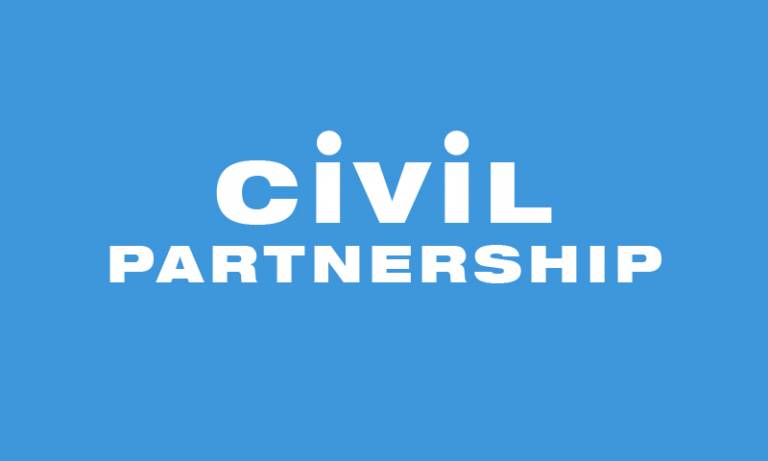Higher education institutions should listen to those who are less powerful when planning expansion, says Clare Melhuish.

Cities globally face grand societal challenges that often seem intractable. But universities have access to networks of knowledge, power and finance that they should be able to pull together to develop models of inclusive urban development, offering access to space and amenities that encourage urban mixing and generate opportunities for a wide cross-section of society, not only academics and students.
Of course, there is a body of opinion that would maintain that universities’ primary role is to deliver higher education and routes into gainful employment for their increasingly high-fee-paying students, and question why they should take on the job of regenerating cities. Many universities have already come up with their own answers to that.
The key drivers for university development are lack of space, competition with other institutions to attract and retain the best staff and students, and the need to generate diverse additional income streams, especially through research translation and professional training opportunities. Effective spatial development, which generates a healthy relationship with surrounding urban areas and communities, and other urban agents (city councils, local enterprise partnerships, third sector groups, and regional development agencies), is increasingly recognised by higher education institutions as fundamental to achieving all these goals.
Historian Thomas Bender has compared urban universities to immigrant neighbourhoods in US cities, where residents live both in a local place and in a trans-local, diasporic culture at the same time – grounded, while globally connected. From this perspective, universities need to develop a long-term view of how they nurture and evolve those everyday interactions, as embedded urban actors with a commitment to increasing the positive social impacts of their property assets.
In the US, where universities have been proactive in urban renewal since the 1960s (not always successfully), and have widely embraced the role of “anchor institution” as part of their civic mission, both New York University (NYU) and Columbia University are actively engaged in substantial spatial development plans, shored up by negotiated deals with their urban neighbours that have been years in the making.
NYU, for example, which wants to reshape its Washington Square campus as a central symbolic site for its identity as a “global network university”, has, through “hundreds” of meetings with local stakeholders, faculty and students, agreed 7% community use of its site, with a further option for the city to build a school. It also set up an internal working group made up of faculty and management to share information and solicit feedback while “reimagining the university’s mechanisms for governance”.
The UCL Urban Laboratory’s case studies on Durham University’s Stockton campus and Newcastle University at Science City demonstrate that UK academics undoubtedly have an appetite for participatory methods of engagement with the hopes and aspirations of different groups of urban neighbours, and projects for spatial co-production, but that problems with internal structures and mechanisms for visioning and communication need to be resolved. It is not clear whose job it should be to oversee and coordinate, and how resources should be allocated to these processes, nor how to involve communities in discussions at an early stage and retain their input over time.
Well-established university-community forums, combined with long-term university engagement with planning authorities, and an effective interactive website, as modelled in the North West Cambridge development by the University of Cambridge, set a preliminary example of how to build local people and local planners into these conversations and draw on their expertise and local knowledge to shape universities’ own visions of their urban identity and relationships with their host cities.
Finally, universities need to recognise the value of appointing good quality masterplanners and architects with design expertise, but also experience in stakeholder engagement, and a willingness to load the fee on the side of working with the client to develop the brief, programme and narrative.
This was the case with Newcastle’s Urban Sciences building, following the university’s decision to take a design competition route. Cambridge also opted for procurement on its North West project via a Royal Institute of British Architects competition, consolidated in a rigorous design review process conducted by a panel representing a cross-section of internal and external interests. For the city council, this has represented a great opportunity to raise the bar on quality.
Clare Melhuish is a Senior Research Associate and Co-director of UCL Urban Laboratory. Her research is informing UCL’s plans for the development of a new campus in the Queen Elizabeth Olympic Park (UCL East). clare.melhuish@ucl.ac.uk
 Close
Close

